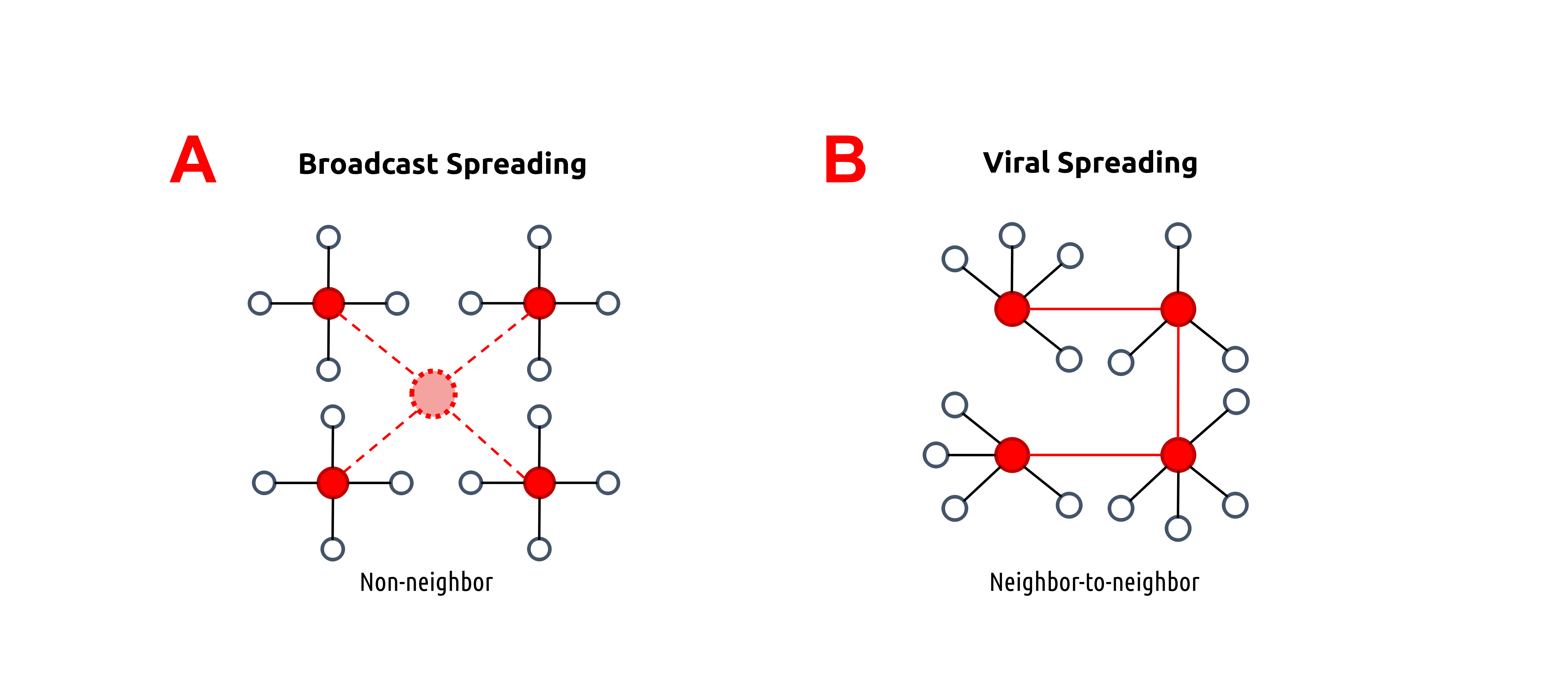Social media connects people and amplifies different aspects of humanity in good and bad ways. But the effects of social media appear neither universally good nor bad, but rather present an oscillating, dynamic system that can be divisive but also uniting, a new University of California, Davis, study suggests.
Department of Communication researchers said their findings both in an observational study and simulation speak to the ongoing debate about social media’s contributions to political polarization, misinformation and echo chambers. To conduct their research, they analyzed millions of Twitter posts across the United States, finding that, among other things, people do not always isolate in their own communities, particularly during large world events.
The research, published April 12 in the Journal of Communication, is one of various articles appearing in a special issue titled “Social Media: The Good, The Bad, The Ugly.” The special issue focuses on understanding apparent contradictions in social media research.
Broadcast and viral: What’s the difference?

Researchers observed two types of information diffusion patterns: broadcast and viral spreading.
Broadcast spreading is associated with an integrated public discourse that motivates collective participation in the public dialogue on social media, researchers observed. In other words, broadcast spreading originates from a limited number of sources and quickly reaches a very wide audience. In the study, this happened when a particular topic or issue quickly gained traction on Twitter and was talked about among a large number of people.
In 2020, when the research took place, broadcast spreading topics included the onset of the COVID-19 pandemic, Black Lives Matter protests in response to the killing of George Floyd, and the presidential election debate, for example.
Topics associated with viral spreading, however, build audiences more slowly, and do not typically reach as many people, researchers said. This is referred to in the study as segregated communication.
Viral spreading originates from one source and is transferred only to people that source is connected with. “Think of it like a game of telephone,” said Richard Huskey, an assistant professor of communication and corresponding author for the article. “I learn something, tell you, you tell your friend, and then your friend tells their friend. That’s an example of viral spreading. Information more slowly diffuses from person-to-person,” he said.
These communications focus on different media events and social issues, shape public discussion in different ways, and often lead to different social outcomes.
“We found that public discourse on social media displays an oscillation between integration and segregation depending on external social influences from important real-world events,” said Xuanjun (Jason) Gong, a doctoral candidate in the Department of Communication and lead author of the article.
To gather data, researchers conducted an observational study by gathering real-world Twitter data from 10,155 English-speaking users in the United States with more than 18 million tweets for all 52 weeks in 2020.
They also conducted a simulation exercise. In both studies, they found that broadcast spreading results in more integrated and less segregated discourse networks.
Social media conversations about events and social issues can mobilize movements, researchers said. Additionally, tweets can increase diversity of voices and lead to echo chambers. These effects can lead to both prosocial and antisocial discussions and events as Twitter posts both disrupt and amplify individual and collective issues.
“There is an ongoing debate if social media is one giant echo chamber where people only hear about ideas that correspond to their existing beliefs,” said Huskey. “Our results present a more complicated picture. Under normal circumstances, people might exist in segregated communities on social media. But important real-world events can penetrate those communities, such that people are exposed to new information, thereby disrupting echo chambers.”
Additional co-authors include Haoning Xue, Cuihua Shen and Seth Frey, all researchers in the UC Davis Department of Communication.
Media Resources
Media Contacts:
- Richard Huskey, assistant professor, UC Davis Department of Communication, rwhuskey@ucdavis.edu
- Karen Nikos-Rose, News and Media Relations, 530-219-5472, kmnikos@ucdavis.edu
